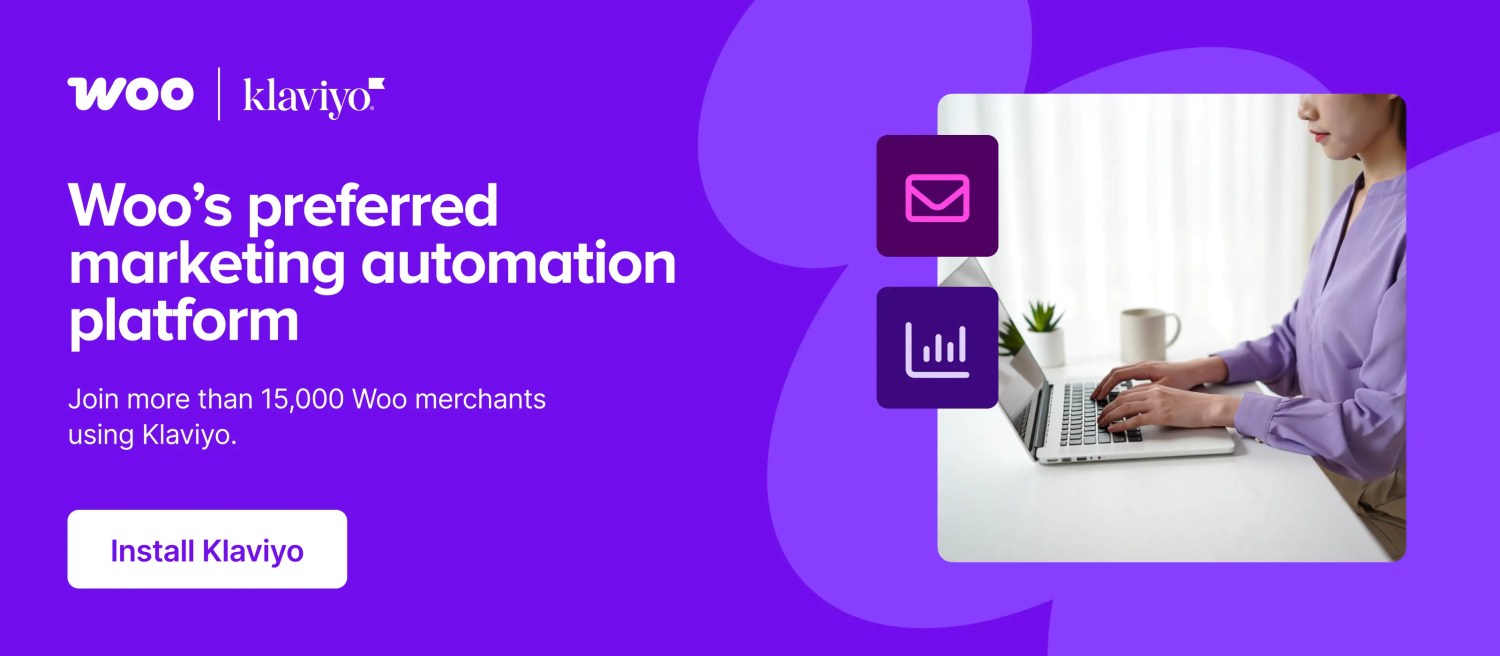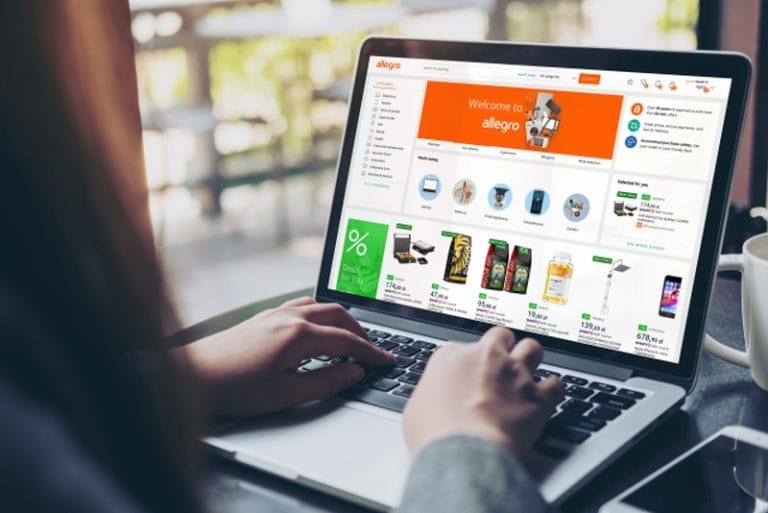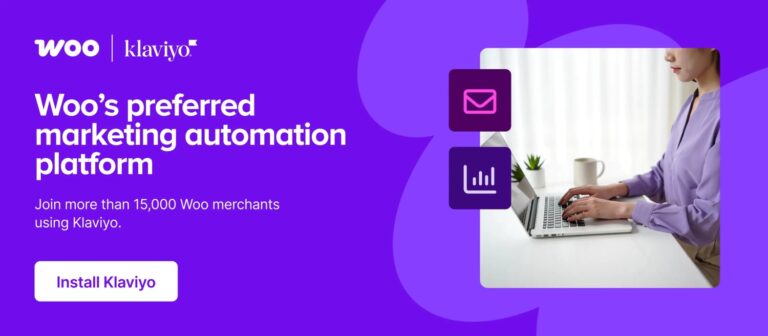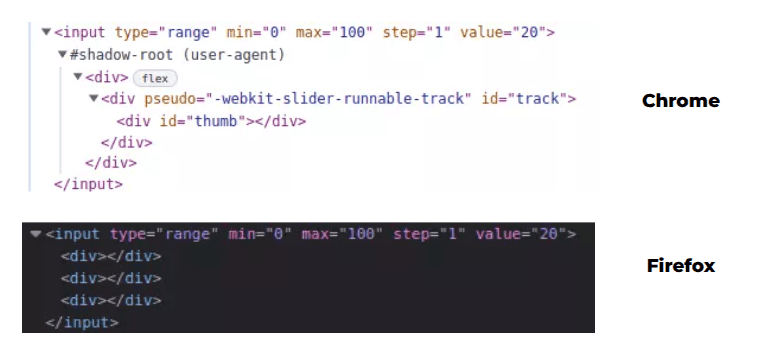When it comes to ecommerce, personalization isn’t just a nice-to-have, it’s essential for creating a stronger customer brand bond. It also elevates the seamlessness of your marketing, so consumers come back for more and ideally, spend more.
Businesses that do personalization will generate 40% more revenue, so it’s no surprise that in 2025, 49% of marketers are allocating their budget to personalization. But to get personalization right, you have to go beyond just using their first name and email.
In this post, we’ll explain how to use behavioral data and automation to craft personalized experiences that feel relevant (with zero creepy vibes) and scale your marketing (without additional overheads).
Whether you’re looking to personalize your campaigns or sharpen your strategy, these tactics, case studies, and trends are sure to leverage your brand’s engagement and revenue.
Did you know that 71% of consumers expect personalization to anticipate their needs before they realize it? They also want you to understand their preferences and deliver great value.
Traditional data includes things like names, emails, birthdays, and purchase histories. However, recent developments in data intelligence go beyond this to analyze website and purchase engagement with the aim of leveraging real-time behavior signals and consumer preferences.
For Brodo — a direct-to-consumer broth brand — personalization was paramount for turning first-time buyers into loyal customers. Using Klaviyo and Woo, Brodo created behavior-based flows to deliver timely and relevant content, which gave them a 293% boost in revenue attributed to their email and SMS programs.
Across the board, 60% of CMOs and marketers believe there’ll be a huge increase in AI tool investment — a no-brainer considering AI can predict when consumers will be most open to product suggestions.
But you can’t nail personalization until you’ve got a good grasp on what not to do.
Getting personalization right is tricky, so here are five common mistakes and how to steer clear of them:
- Forcing over-personalization: If your messaging feels intrusive, it can alienate rather than engage. Always ask: “Is this helpful or disconcerting?”
- Allowing for data silos: When email, website, and sales platforms don’t seamlessly connect, customers get confused – so make sure your data is integrated across teams and tools.
- Attempting one-size-fits-all automation: Personalization should feel personal. Ensure that your messaging has nuances according to audience type.
- Neglecting testing: Test subject lines, content, and timing regularly to make sure your strategies are performing their best.
- Ignoring privacy signals: Always respect your customers’ data preferences.
So that’s where to start, but how can you take things to the next level?
You can collect customer behavior data and use predictive analytics to anticipate your customers’ next move by monitoring things like time spent on particular web pages, favored product categories, and search terms.
Engagement rhythms are also helpful, showing when they’re more likely to open an email, which channels they’re likely to use, and which content they’ll engage with.
Their purchase cycles also show you how often they buy a product, which could be helpful indicators of their seasonal behaviors, and in some cases — especially for beauty and cleaning brands — help you figure out the timing of repeat purchases.
Interaction preferences vary too, but luckily, intelligent anticipation reveals which messages consumers respond to best — whether that’s product tips, reminders, or promotional offers.
Customers expect relevant personalization
It’s worth noting that consumers already expect to be shown relevant product or service recommendations, so if your predictive analytics tools are used right – you’re doing customers a favor.
A prime example of predictive analytics used well is Force of Nature, a planet-friendly, multi-purpose cleaner.Their team used behavioral data based on product type, customer history, and habits to predict the best time to reach out with specific products that match customer needs. Since adopting the anticipation approach, they’ve had 140% year-over-year growth in automated flow revenue.
With Klaviyo AI, you can use profile information, location, predicted values, and more to help you create personalized, automated messages. You can even schedule messages for when they matter most — like purchase reminders 15 minutes after they’ve abandoned their cart at checkout.
How hyper should hyper-personalization be?
There’s a big difference between knowing enough and knowing too much. Customers are less bothered about their data being shared when the value you’re giving them feels worth it. Showing products they actually want is helpful and feels natural, whereas referencing personal information from unrelated interactions is a little unsettling.
Fortunately, as privacy regulations evolve with AI, you can create relevant experiences without compromising privacy. For example, AI helps look out for major life transitions to understand consumer context such as moving, starting a family, or changing careers, to deliver ultra-relevant experiences that resonate.
Personalization can feel like a big undertaking, but Klaviyo for WooCommerce will help you make the most of your data, marketing, and customer experience.
Grow customer loyalty and average order value with these five personalization best practices:
- Provide relevant product recommendations: Show your customers the right product at the right moment — match accessories to complement their recent purchase.
- Engage with dynamic content blocks: Send one email with infinite nuances based on their purchase history, lifecycle stage or location.
- Offer strategic incentives: Promote offers tailored to their shopping habits.
- Use behavioral segmentation: Group consumers by “shopper type” to tailor messages for each group, such as targeting brand loyalists with early bird offers, or sending discounts to re-engage lapsed buyers.
- Get specific with location targeting: Tweak your messaging according to weather, time zones, or regional events.
If you take anything away from this post, let it be this: it’s not about the volume of data you collect, it’s about how you use it. Focus on using data in a way that benefits both your company and your customer. As AI and data intelligence evolve, these are five key trends that will shape personalization:
- Zero-party data strategies: Customers will be encouraged to share data using quizzes and surveys to reveal even more reliable insights into their preferences.
- Predictive personalization: AI will forecast customer needs before they arise.
- Contextual intelligence: Messaging based on your customers’ real-time context will strengthen relatability.
- AI-generated content: Generative AI will tailor personalized copy and creativity towards specific customer groups.
- Privacy-first personalization: Insights will be based on consumer behavioral signals rather than personal data.
To wrap up, here’s some proactive next steps you can take to use data more intelligently.
- Start with value, not data: Give customers great value in the form of relevance, timeliness, and usefulness with the appropriate personalized tone of voice.
- Work intelligently: Gather behavioral trends to inform your personalization strategy. Recognizing decision-making motives is more valuable than traditional data.
- Utilize AI: Scale your personalization strategy effectively with insight-gathering integrations like Klaviyo AI.
- Keep it human: Make personalization resonate with friendly, familiar language.
The next generation of personalization is intelligent, contextual, and customer-centric. With Klaviyo and WooCommerce, take your personalization strategy to the next level and deliver experiences that convert.
Explore how Klaviyo’s AI-powered tools can help you anticipate needs, build loyalty, and grow smarter.

About
Nicola Hodd
Nicola leads Marketing Operations at Woo, helping make the Klaviyo magic happen amongst other things! Outside of work she’s busy running around after a toddler and a Alaskan Klee Kai with a long list of crafting hobbies that never happen.





